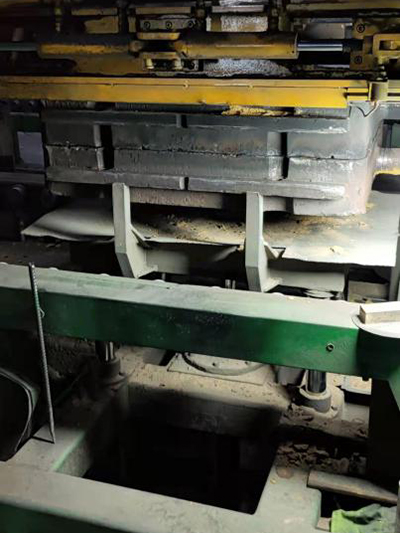Iron Sand Casting An Overview
Iron sand casting is a fascinating and essential process within the metalworking industry, renowned for its ability to produce high-quality iron castings. This process utilizes iron-rich sand, primarily composed of magnetite, a naturally occurring mineral, which is abundant in various regions around the world. The distinctive properties of iron sand, including its high melting point and excellent molding characteristics, make it an ideal material for casting applications.
The iron sand casting process begins with the preparation of the mold. The iron sand is mixed with a binder, which holds the sand grains together, allowing it to maintain the shape of the mold when compacted. This mixture is then packed around a pattern that represents the desired final product. The pattern is typically made from materials such as wood or metal and is used to create a cavity in the mold. Once the mold is prepared, it undergoes a curing process, which solidifies the binder and enhances the structural integrity of the mold.
After the mold is ready, molten iron is poured into the cavity created by the pattern. The melting of iron is achieved in blast furnaces or electric arc furnaces, where iron is heated to temperatures ranging from 1,400 to 1,600 degrees Celsius. The use of high-purity iron and the addition of specific alloying elements during melting can further enhance the properties of the cast product.
iron sand casting

Once the molten iron fills the mold, it is allowed to cool and solidify. This cooling process can take several hours, depending on the thickness of the casting and the ambient conditions. After solidification, the mold is broken apart to reveal the cast iron object. The final step involves cleaning and finishing the casting, which may include processes like sandblasting, machining, or surface treatment to achieve the desired appearance and finish.
One of the significant advantages of iron sand casting is its ability to produce complex shapes that would be difficult or impossible to achieve with other manufacturing methods
. Additionally, this process is highly versatile, allowing for the production of a wide range of products, from large industrial components to intricate artistic sculptures.Environmental considerations are also important in the context of iron sand casting. This method can utilize recycled materials, reducing waste and promoting sustainability in metal production. Moreover, advancements in technology are continuously improving the efficiency and environmental impact of the casting process.
In summary, iron sand casting is a vital method in metalworking, offering numerous benefits such as flexibility in design, dimensional accuracy, and effective resource use. As technology evolves, the future of iron sand casting looks promising, further enhancing its role in various industries and applications.
Post time:sept. . 01, 2024 21:50
Next:3D Sand Printing Casting
